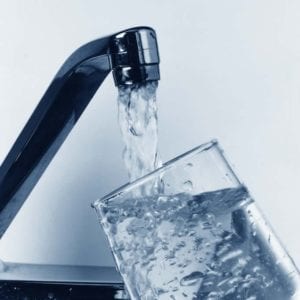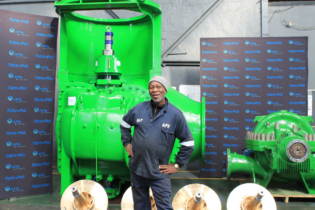Too many people still lack a basic level of drinking water and sanitation, says Dr Maria Neira, World Health Organisation (WHO) Director for Public Health, Environmental and Social Determinants of Health.
A new report released by WHO and UNICEF shows that the gap between access to water and sanitation in rural areas is decreasing. However, inequalities in access to improved drinking water and sanitation facilities still persist around the world. Despite 1.9 billion people gaining access to improved sanitation since 1990, by the end of 2012, there were 2.5 billion people who did not use improved sanitation facilities, only 7% fewer than the 2.7 billion without access in 1990. The report, titled Progress on drinking water and sanitation: 2014 update, shows that, in 1990, more than 76% people in urban areas had access to improved sanitation, while only 28% did in rural areas. By 2012, those numbers has increased to 80% urban dwellers and 47% rural dwellers. In 1990 95% people in urban areas could drink improved water, compared with 62% people in rural ones. By 2012, 96% people living in towns and 82% of those in rural areas had access to improved water. Despite this improvement, Neira says the vast majority of people without improved sanitation are those living in rural areas. “Progress on rural sanitation – where it has occurred – has primarily benefitted richer people, increasing inequalities,” she says. “The challenge now is to take concrete steps to accelerate access to disadvantaged groups. An essential first step is to track better who, when and how people access improved sanitation and drinking water, so we can focus on those who don’t yet have access to these basic facilities,” says Neira. Further inequalitiesThere are often also striking differences in access within towns and cities. People living in low-income, informal or illegal settlements or on the outskirts of cities or small towns are less likely to have access to an improved water supply or better sanitation, says the report
Sanjay Wijesekera, UNICEF Chief of Water, Sanitation and Hygiene says, “When we fail to provide equal access to improved water sources and sanitation we are failing the poorest and the most vulnerable children and their families.” MDG targets According to the report, 45 countries are still not on track to meet the Millennium Development Goal target for water by 2015. Most of these are in sub-Saharan Africa. The challenges of meeting the MDG target are exacerbated by a combination of a low 1990 baseline with high population growth. On average, these countries had to increase drinking water coverage by 26 percentage points – which for some meant a doubling of their 1990 coverage levels. With regard to the sanitation target, 69 countries were not on track in 2012. 36 of these are in sub-Saharan Africa.







